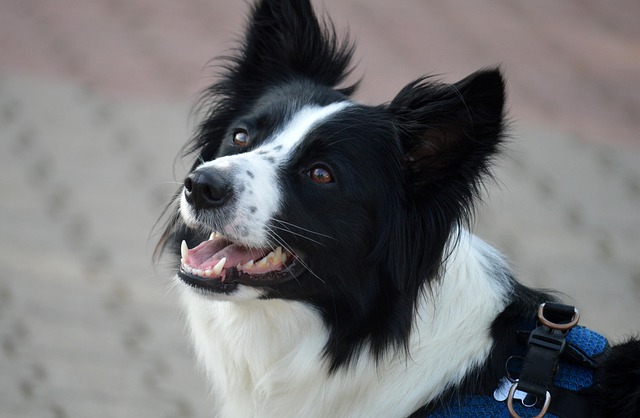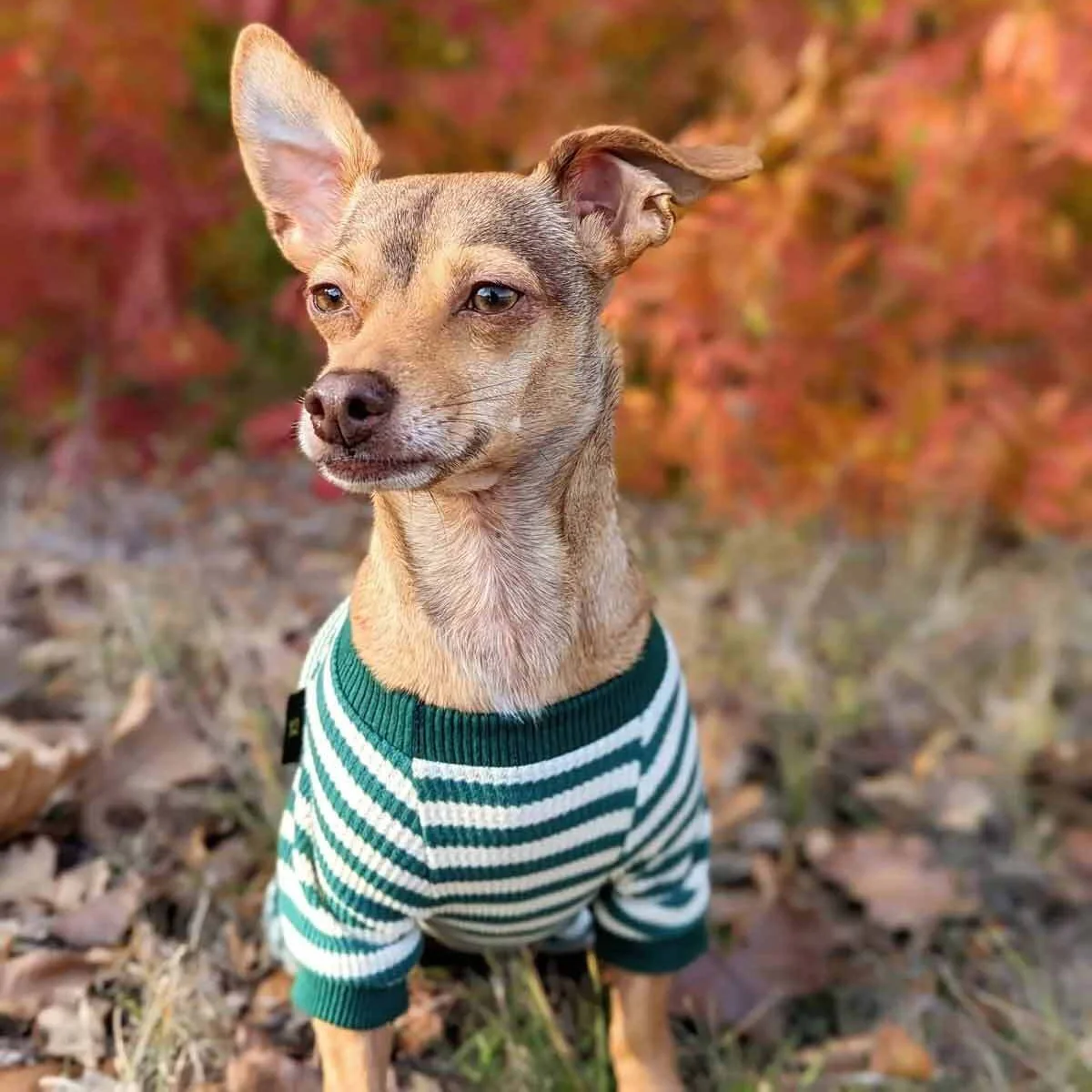Baboons are ground-dwelling species and they fancy living in open areas such as open savanna and open woodland hills across Africa. Generally they are herbivorous but their diet is omnivorous too. Baboons supplement their diet with some insects and they also feed on fish.
What Do Baboons Eat
Baboons are known to prey on trout and fish, and if available they also feed on vervet monkeys, shellfish, birds, small antelopes, and hares. Baboons are neither diurnal nor nocturnal as they may be active during anytime of the day or night.
They are not quite friendly with humans and they often raid human dwellings especially in South Africa. Baboons will also prey on livestock including sheep and goats.
Like other Old World monkeys baboons also eat food from hand to mouth. They rarely eat while standing.

Baboons have got powerful incisors which they use to strip the meat of a sizeable vertebrate including antelope fawns and hares. They do hunt large vertebrates but only sometimes.
Baboons are not lucky enough to consume fever tree gum all the time. The tree gum is rich in carbohydrates but it just isn’t that abundant.
Olive baboon (Papio anubis) is omnivorous and thus it is able to find food in nearly any circumstances. All they have to do is to employ different foraging tactics so that the success rate goes high. Olive baboons take on different tactics in grassland and in the forest. The foraging ability of baboons doesn’t seem to depend on any specific environment. This is something very rare among animals because neither arboreal species can find food on the ground nor can ground-dwelling animals look for food in trees. Baboon is a kind of both. Lemur is one such example which is exclusively arboreal and it is unable to find food on the ground.
Olive baboons consume several invertebrates, small birds, mammals, and a wide variety of plants. They supplement their diet with flowers, tubers, roots, leaves, lichens, bark, fruits, grass, mushrooms, rhizomes, seeds, and corms. When the food is scarce baboons seem to rely more on corms and rhizomes because grass alone cannot provide a required nutritional value.
In dry regions such as the northeastern deserts olive baboons typically feed on small invertebrates including spiders, scorpions, and many insects.
Olive baboons will also go for hunting just about every small rodent, primates, hares, and even foxes. They prey on small antelope such as Thomson’s gazelle. The sheep, goats, and gazelles make up 33 – 34% of baboon’s diet.






Leave a Reply